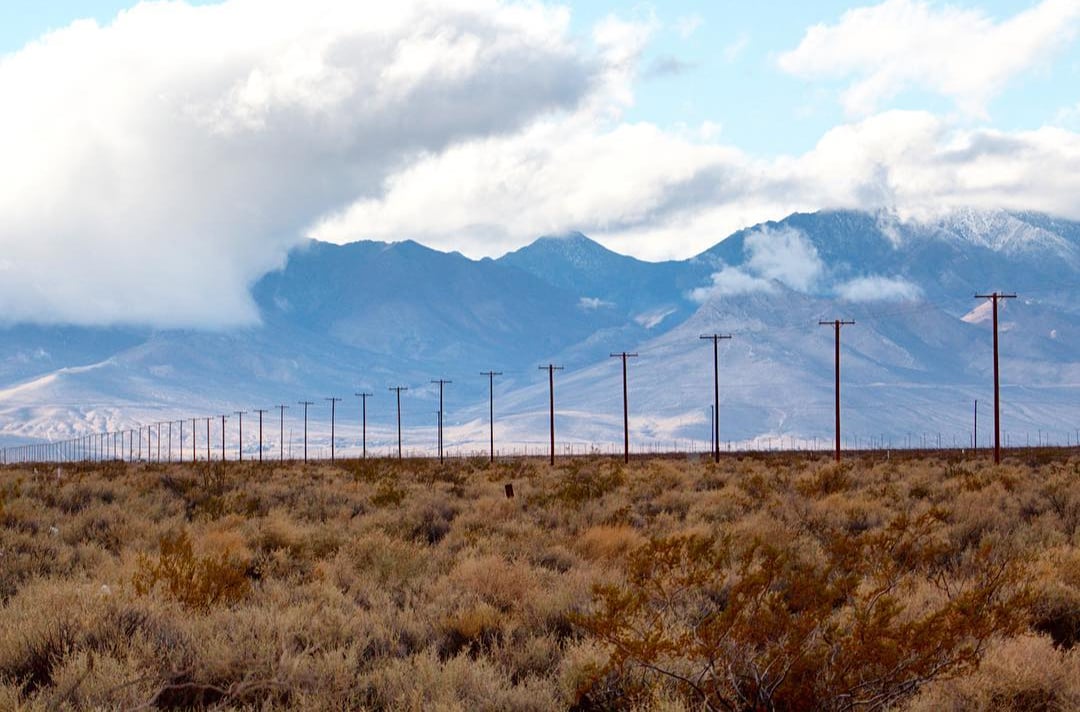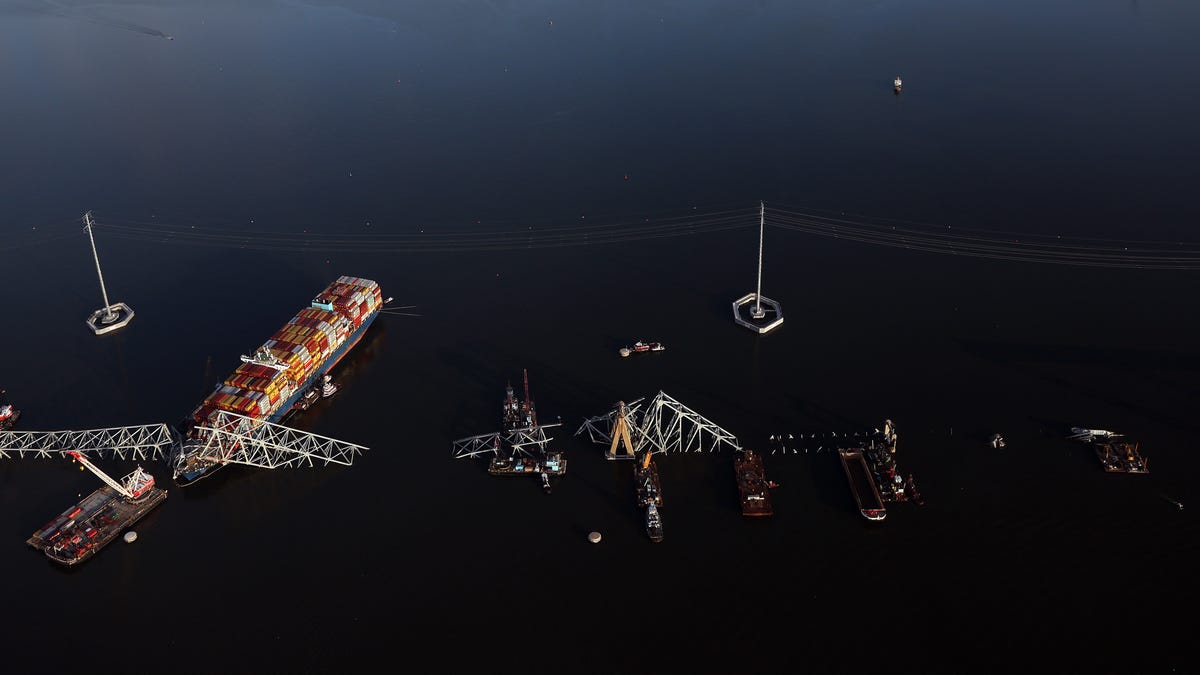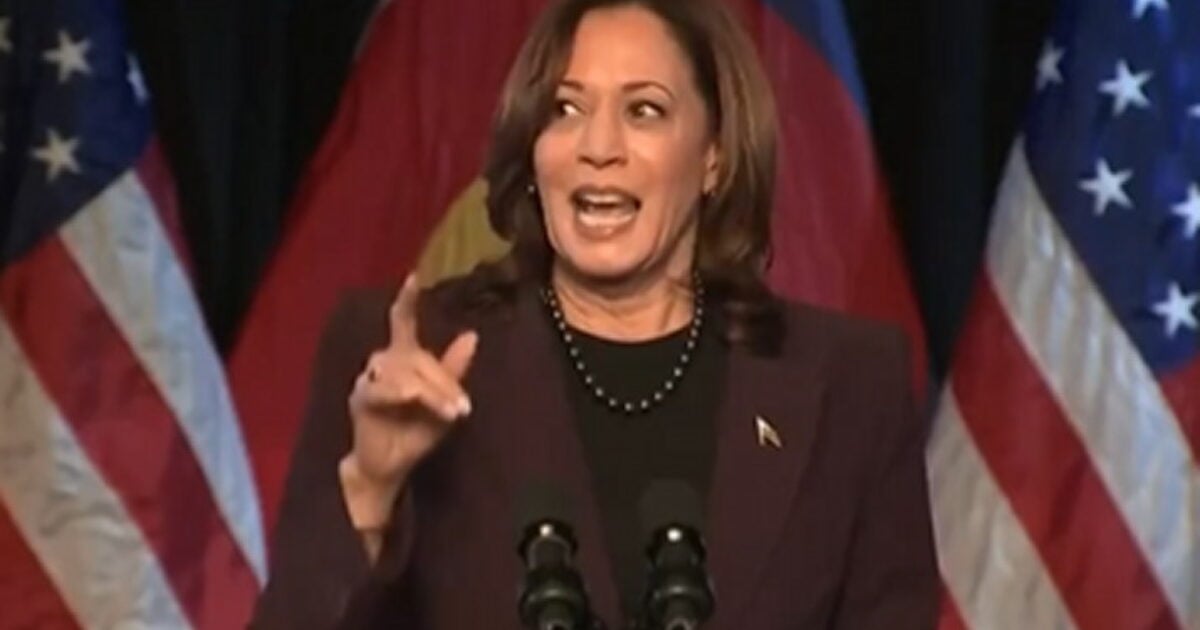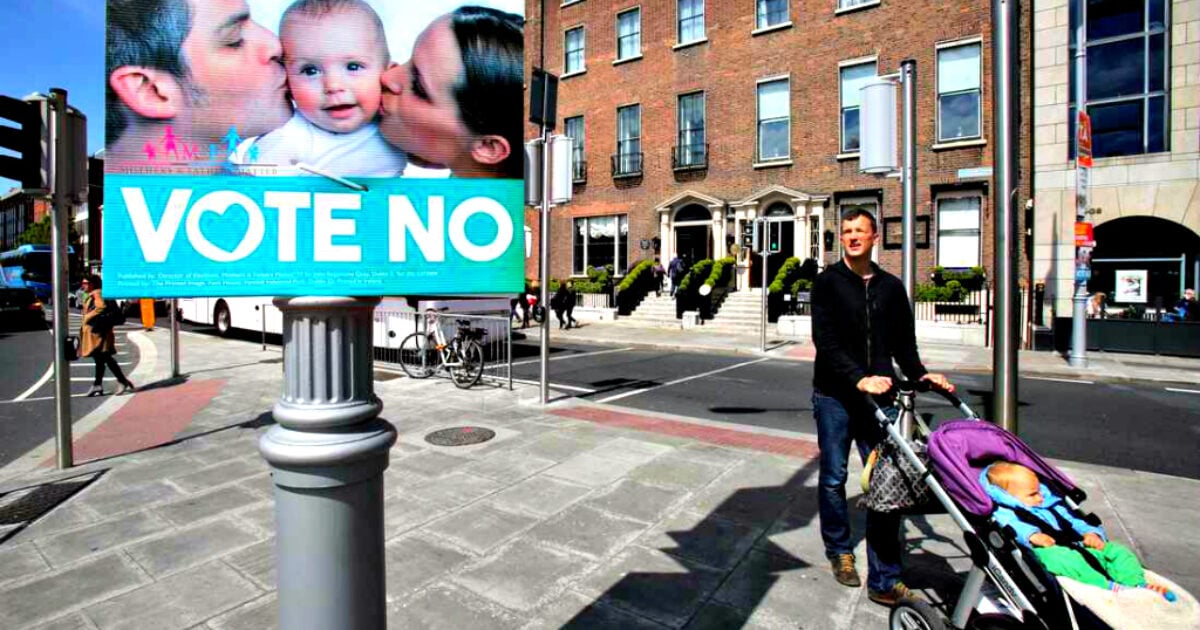The Significance of Electric Transmission in Achieving Net-Zero Energy Goals
While windmills and solar panels often dominate discussions surrounding energy, the focal point in Washington revolves around electric transmission. From Congress’s emerging focus on permitting reform to the establishment of the U.S. Department of Energy’s Grid Deployment Office and the imminent final rule by the Federal Energy Regulatory Commission (FERC) on transmission planning and cost allocation, the construction and funding of extensive transmission networks to link power generators with consumers are viewed as the pivotal element in realizing net-zero objectives.
Challenges and Considerations
The necessity for enhanced transmission infrastructure is widely acknowledged in Washington, yet the associated costs remain overlooked. The prospect of increased monthly bills, particularly impacting American consumers, including vulnerable demographics such as low-income individuals, senior citizens, small enterprises, and energy-intensive manufacturers, raises concerns about the financial implications and potential ramifications of deploying new transmission lines.
Traditionally, high-voltage transmission lines, featuring towering lattice structures spanning vast distances, were predominantly planned by local utilities to address local energy demands, subject to approval by state public utility commissions. However, the shift in public policy towards advancing renewable energy sources is reshaping the trajectory of grid development.
Policy Shifts and Financial Considerations
In recent years, states have enacted renewable energy mandates, Congress has allocated over $1 trillion in subsidies towards renewable energy initiatives, and President Biden has outlined net-zero targets for electricity generation by 2035. To align with these policy directives, substantial investments in new high-voltage transmission lines are imperative and come with a hefty price tag.
According to Princeton researchers’ analysis in “Net-Zero America,” achieving net-zero targets with 100% reliance on wind and solar power by 2050 would necessitate an additional $3.5 trillion in capital expenditure towards constructing new transmission infrastructure. Embracing a diversified energy mix encompassing renewables, nuclear energy, and natural gas coupled with carbon capture technologies could mitigate the need for a significant portion of this transmission investment, ensuring grid reliability without excessive dependence on renewables and extensive transmission networks.
Geographical Challenges and Stakeholder Interests
The disparity between the locations of renewable energy projects and end-consumers poses logistical and financial obstacles. For instance, the Midwest’s suitability for wind energy generation necessitates the establishment of long-distance transmission lines to distribute electricity to densely populated coastal areas. Apart from their significant capital outlay, these transmission projects entail acquiring or condemning private property for siting purposes, exacerbating the complexity of the endeavor.
Renewable energy developers aim to leverage higher pricing structures in urbanized regions for their power supply while benefiting from generous taxpayer-funded incentives. However, the financial burden of funding transmission infrastructure cuts into their profit margins. Moreover, landowners affected by these transmission projects voice objections against land acquisition processes.
Regulatory Responses and Grid Modernization
In response to these challenges, FERC is engaging in rulemaking to revamp transmission planning and cost allocation methodologies. Proposals under consideration include integrating factors such as regional characteristics like wind energy potential, alignment with public policy goals at state and federal levels, and technological trends as determinants for justifying the construction of extensive transmission networks funded by a broader spectrum of consumers.
As the debate rages on between the necessity for enhanced transmission capabilities for grid reliability and the financial burdens borne by consumers, the evolving landscape of net-zero policies and energy infrastructure underscores the critical balance between sustainable energy development and consumer affordability.
Conclusion
It is imperative for policymakers to prioritize the interests of consumers in shaping transmission infrastructure development while guarding against undue financial burdens. The alignment of transmission planning and cost allocation mechanisms with consumer needs and the oversight by state regulatory bodies would ensure that electricity grid enhancements serve the public good rather than catering solely to vested interests.
Image/Photo credit: source url





